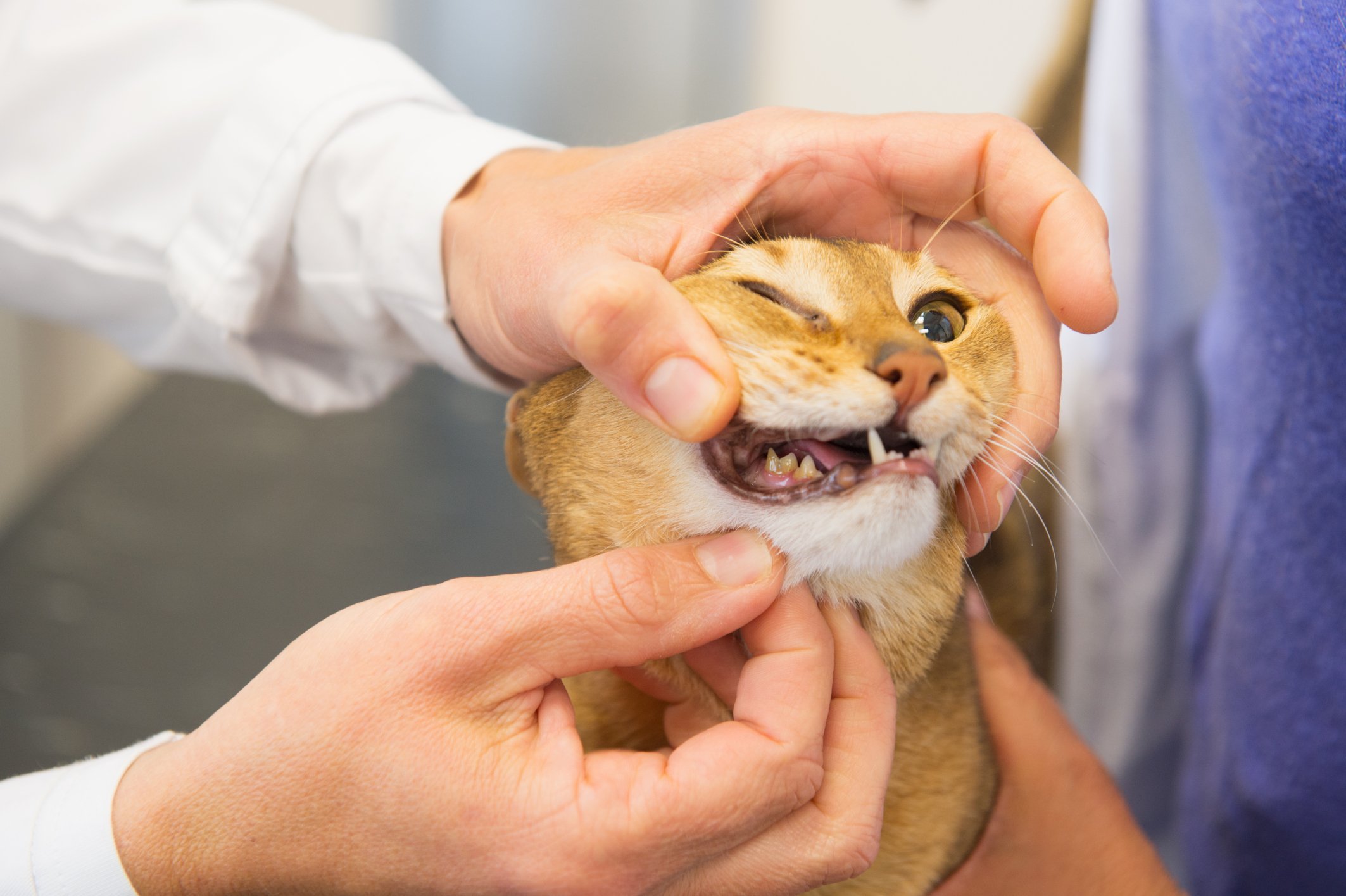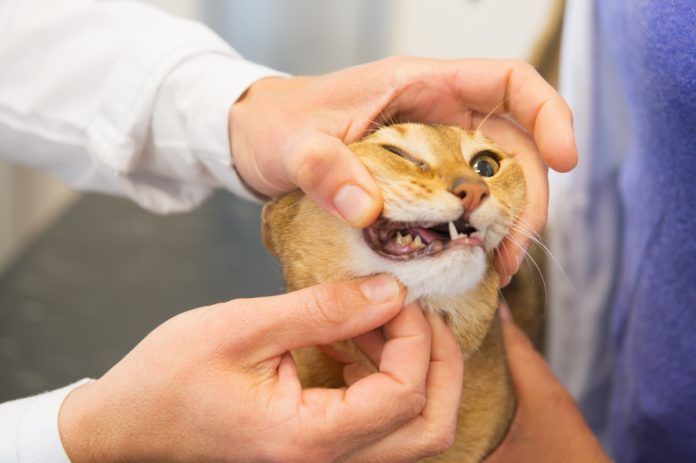Even though gum disease is one of the most commonly diagnosed health problems in cats, relatively little has been understood about the bacteria associated with it. A new study — published in Veterinary Microbiology and PLOS ONE — provides new information that identifies the most common bacterial species associated with gum disease in cats for the first time.
Conducted by researchers from the Waltham Centre for Pet Nutrition and veterinary dentists at the Harvard-affiliated Forsyth Institute, these two collaborative studies identified 267 bacterial species present in feline dental plaque. They then built a database that details the differences between bacterial populations in healthy cats and those in cats diagnosed with gum disease.
THINKSTOCK


Additionally, the studies also revealed that the bacterial species in feline plaque are more similar to those present in canine plaque than those found in humans. Therefore, interventions aimed at bacteria which cause oral disease in humans are unlikely to be effective in cats. Clearly, there is more potential to learn from interventions that work well in dogs.
“This knowledge is a first step in understanding the potential for improving oral health of cats through dietary interventions that target disease-associated bacteria,” explained Dr. Ian Davis, oral health researcher at Waltham. “It’s important for pet owners to know that cats are just as susceptible to gum disease as dogs and understand the importance of maintaining a good oral hygiene routine; ideally including tooth brushing and dental treats or a specific dental diet.” — Catnip staff




